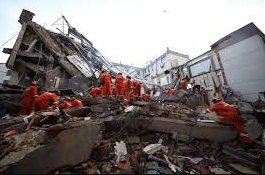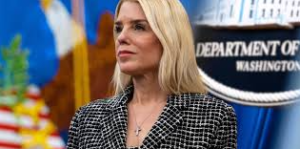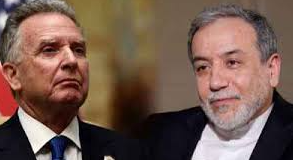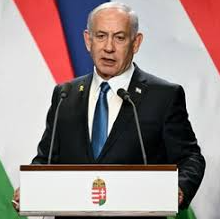While countries like China, India, and the UK provide extensive support, the US has been criticised for its slow response due to cuts in foreign aid programmes.
As global aid begins to flow into Myanmar following the devastating 7.7-magnitude earthquake that struck the country on Friday, there is a noticeable absence of support from the United States, traditionally one of the largest donors in international disaster relief efforts.
The earthquake, which has left extensive destruction in its wake, particularly in Mandalay, Myanmar’s second-largest city, and even caused damage in Bangkok, Thailand, has already claimed 1,700 lives, a figure that is expected to rise as the full extent of the damage becomes clear.
Despite the challenges posed by Myanmar’s ongoing political instability since the 2021 military coup, several countries have quickly mobilised relief efforts. China, for instance, dispatched an 82-person rescue team on Saturday, followed by a 118-member team, including medical staff, rescue dogs, and experts. China also sent a batch of emergency supplies valued at 100 million yuan ($13.78m).
Other nations have also offered significant support. Hong Kong allocated HK$30m ($3.8m) for aid and dispatched a 51-person team, while Russia and India have sent rescuers and medical teams. The UK has pledged £10m ($12.9m) in humanitarian aid, and the EU has committed €2.5m ($2.7m) in initial relief. In Southeast Asia, Indonesia is deploying logistical support, including a hospital ship, while the Philippines and Vietnam are sending medical teams.
However, the United States’ response has been sluggish. Despite President Donald Trump acknowledging the severity of the disaster and pledging help, the US has been criticised for its inadequate response due to significant cuts to foreign aid programs. The US embassy in Myanmar confirmed the deployment of a three-person USAID emergency response team, which is expected to arrive in Myanmar nearly a week after the quake, with no clear indication of what aid will be provided.
The delay is attributed to the dismantling of vital US foreign aid infrastructure during the Trump administration, which reduced the capacity of agencies like USAID, particularly its elite disaster response teams, to respond promptly to global emergencies. Critics, including Phil Robertson of Asia Human Rights and Labour Advocates, have condemned this as a severe setback to US leadership in global disaster relief efforts.
While the US has sent a rescue team to Thailand, delivering aid to conflict-ridden Myanmar is more complex. Human rights organisations are urging that any relief be distributed through community-based groups rather than the military junta, which has a history of using aid for political gain.
The absence of the US in the initial stages of this disaster reflects a broader shift in international aid dynamics, with countries like China and Russia now stepping in to fill the void. This shift raises concerns about the future of American soft power in global crisis response.
The swift deployment of aid remains crucial in disaster situations, as highlighted by organisations such as Doctors Without Borders and the World Health Organization. The UN’s OCHA is also coordinating emergency response efforts, seeking urgent funding to prevent disease outbreaks and provide essential medical supplies.








